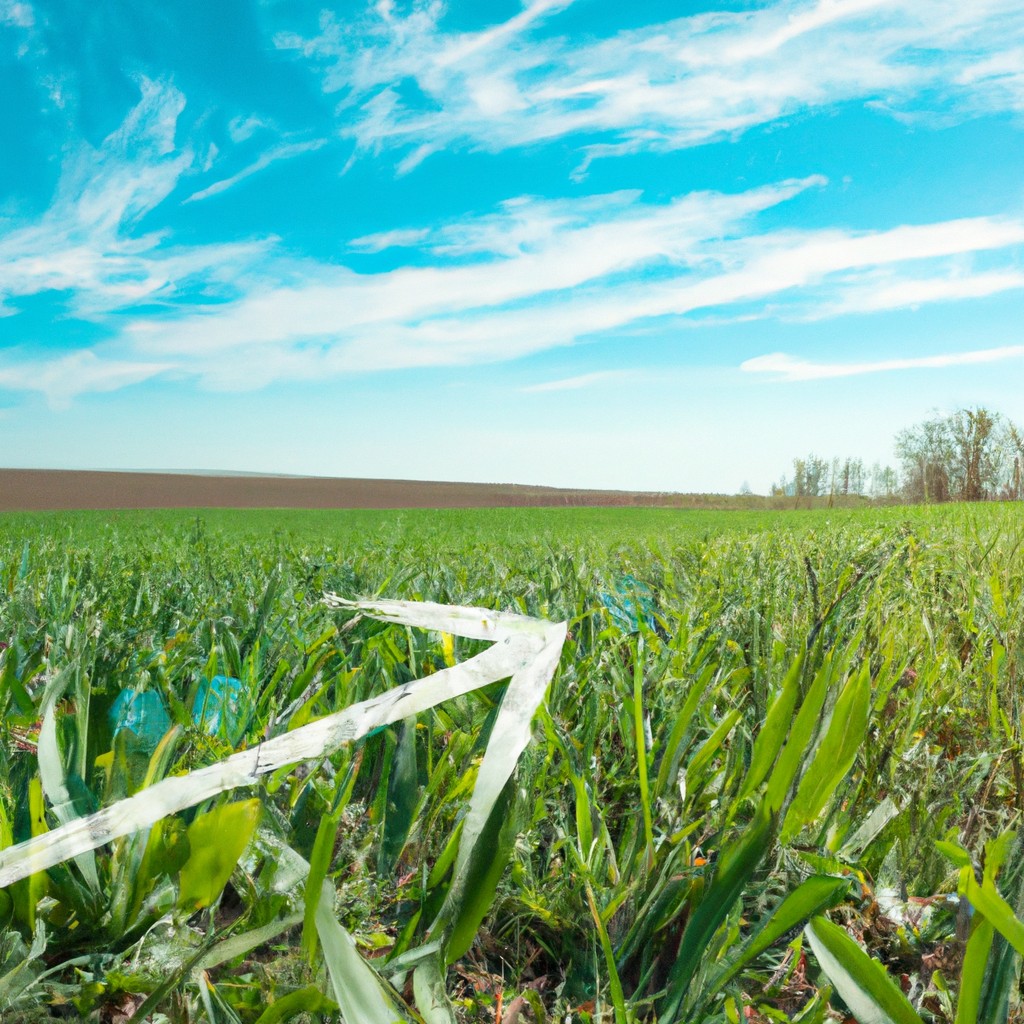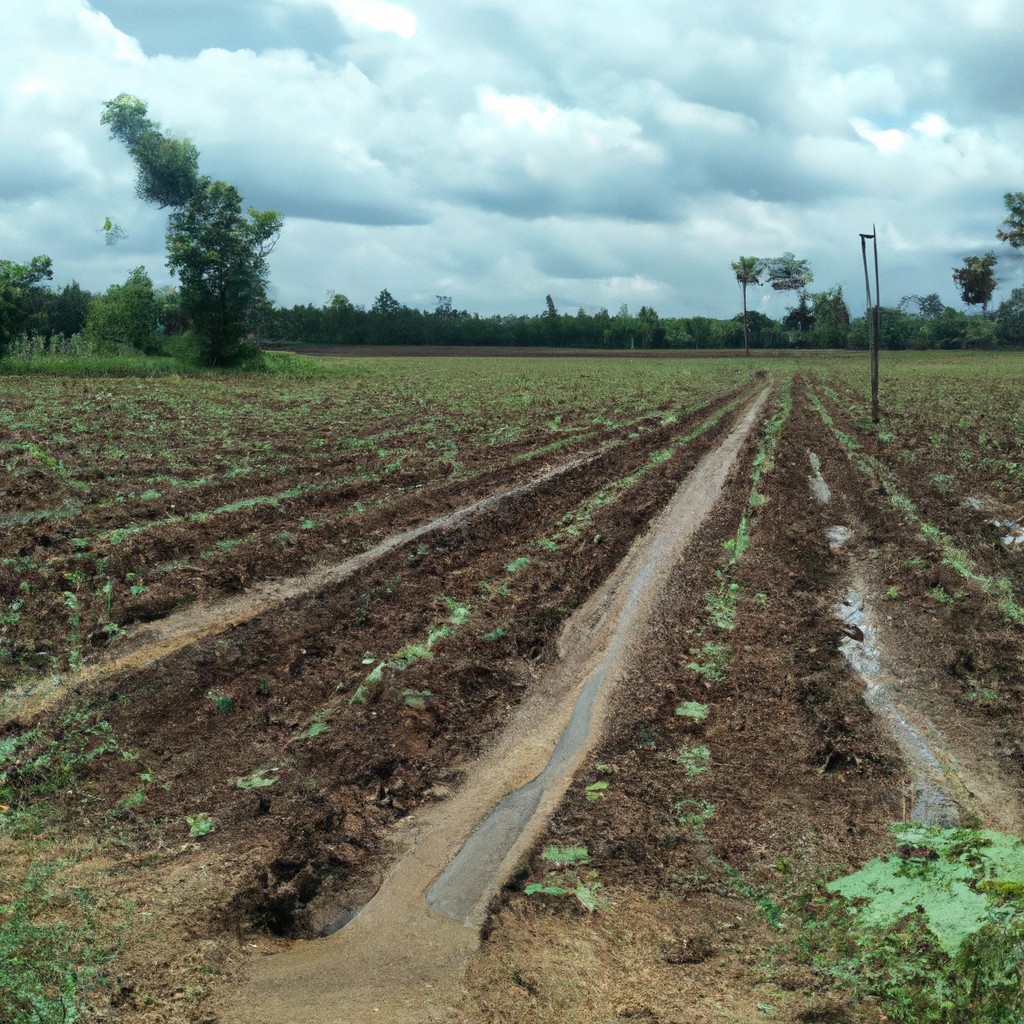Discover how agriculture-driven deforestation impacts our planet and what sustainable practices can mitigate its effects.
Look Inside:
Palm Oil and Deforestation

What do cookies, shampoo, and biodiesel have in common? Palm oil! It’s in everything but a few things. However, its demand has led to extensive tropical forest clearing, particularly in Indonesia and Malaysia. These cleared lands make way for big plantations, and might even accommodate a volleyball court, although that’s probably not their priority.
Clearing forests for palm oil not only means losing trees but also the rich biodiversity. It’s a tragic eviction notice for orangutans in a neighborhood they’ve lived in for years.
Carbon dioxide emissions spike when these forests are cleared, much like your heartbeat when you’ve had too much coffee. Peatlands, once drained for plantations, release stored carbon. It’s a greenhouse gas party, and everyone’s invited, whether they want to be or not.
There’s a silver lining, though. Sustainable palm oil certifications exist, aiming to curb the destruction. They tell us that not all palm oil is villainous, so check those labels like they’re hiding chocolate.
Cattle Ranching and Forest Loss
Hungry for burgers? Well, cattle are also hungry for land. Imagine 25 football fields of forest disappearing every minute—that’s deforestation mostly driven by cattle ranching in Latin America.
Why does this happen? Simple supply and demand. More beef consumption equals more land needed for grazing. And, hey, rainforests make way for ranches.
This practice impacts the delicate balance of life within these ecosystems. Trees store carbon, but fewer trees means more carbon in our atmosphere. Climate’s not too happy about that.
Water’s no fan either. Forests help regulate water cycles, and when they’re gone, water gets a bit moody too—think droughts and floods.
As we chew through forests, many species lose their homes, kind of like when you walk into a room and someone’s sitting in your favorite chair. Awkward for us, disastrous for them.
So next time you’re biting into a burger, remember the unintended chain reaction, going from delighted dinner to deforested disaster.
Impact On Biodiversity and Water Cycles
When forests disappear, it’s as if an ecological magic trick goes wrong and the rabbit never comes out of the hat. Species suddenly face eviction notices, which unfortunately don’t come with moving boxes or relocation assistance. Unique plants and creatures, some yet to be discovered, vanish faster than a plate of cookies in a room full of toddlers.
But wait, there’s more! Trees are nature’s water managers, working hard to regulate the flow of the wet stuff. Chop them down, and you end up with rivers running riot and aquifers crying for help. This disruption in the water cycle can lead to floods and droughts that are as unpredictable as your uncle’s karaoke nights.
Throw in the fact that healthy forests store carbon like the world’s greatest piggy bank, and losing them is like smashing it to bits, letting our climate suffer a financial meltdown. Without these leafy stalwarts, our air gets a bit too spicy with carbon dioxide. Remember, it’s all connected in this wonderfully wacky web of life.
Public Policies and Solutions
Governments have dusted off their thinking caps to tackle the issue. Here are some intriguing policies and ideas bubbling up in their brain soup:
First up, the classic protected area—think nature’s VIP section. By designating vast swaths of forests as no-go zones for loggers and bulldozers, they preserve biodiversity faster than you can say “sapling.”
Meanwhile, reforestation programs aim to plant more trees than a squirrel on acorns in autumn. With incentives for planting, the idea is to replace what’s chopped faster than a lumberjack can sigh.
Then there’s the delightful carbon credit schemes. These bad boys let companies trade emissions savings like kid’s swap candy at recess. It encourages them to take care of forests if they want to avoid a shameful ‘C’ in environmental responsibility.
Technological innovation is getting its moment in the spotlight too. Satellite tracking tools are keeping tabs on deforestation faster than gossip spreads in a small town.
Finally, several nations are buddying up—signing international agreements like the Paris Agreement, to give Mother Nature a fighting chance. It’s like a global pinky promise to keep forests standing tall.
Humans are wildly creative; tackling deforestation is just a puzzle waiting for the solving.
Resources for Further Reading and Action
Find the works of organizations like the World Wildlife Fund and Greenpeace. These groups are doing more than just saving pandas and wearing flip-flops; they’re diving into the nitty-gritty of deforestation. Explore books like “The Hidden Life of Trees” by Peter Wohlleben. It’s like a soap opera of forest drama – entertaining yet enlightening.
YouTube is also your best friend; channels like “The Nature Conservancy” offer videos that are bite-sized and full of eye candy. Immerse yourself in podcasts such as “Regenerative Agriculture Podcast” for when reading feels too academic and you just want to hear someone brag about soil, but in a cool way.
Local library? Oh, it’s not just for WiFi! They have a plethora of eco-warrior guides waiting for you. Engage with local community initiatives. Not for the free food, but for learning and action.




